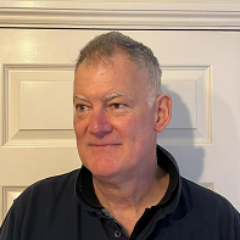Insight Focus
SAF is the fuel of the future – so why is there such low penetration? There are five key actions that need to be taken to scale up production… and luckily some of them are already advancing.
Synthetic Blend Components Come with Yield Losses
The aviation industry’s attempt to decarbonize has created great opportunities for chemists, particularly catalytic chemists, as we’ve seen, and the original format of making jet fuel from a – mostly – straight run distillation of crude oil has been joined by a raft of fancy chemical conversion processes, lots via catalytic conversion.

A key point is that jet fuel exists in crude oil — it’s just locked in with loads of other stuff. And the simplest way of extracting it is distillation – just warm it up and extract different streams and hey presto!
In other words, the feedstock is fabulously energy-rich, and so the process of producing an energy-rich component is simple. A single step, for the most part, means the process consumes minimal energy. Multi-step processes with deep chemical conversion lead to energy and yield losses. This is a double whammy – low energy feedstock and low conversion efficiency mean less synthetic blend component (SBC).
Scale, Support Needed for Viability
What to do? How do we get around this? Well, this is tricky. Many feedstocks are solid, not liquid, so pumping long distances down pipelines (which offers maximum efficiency) is impossible. Moving solids requires conveyors, vehicles and other components, and it isn’t realistic to scale the process up. The industry hasn’t found an answer to this question, yet, but in the interim, here is what’s happening.
First, national governments and international authorities are stepping up and putting momentum behind the work. In some places this leads to incentives to bring the production cost down, while in others it leads to mandates linked to targets for production numbers. Carrot or stick, you choose.
But regardless of the relative merits of each, the positive side of this is that governments are getting involved — and care — and all stakeholders are talking. Just look at the discussions at airshows, IATA fuel forums and other conferences. It’s SAF all the way.
Secondly, technical authorities are doing their best to open every door that might lead to a newly derived SBC. Currently we stand at eight, with more in the future. This is good news. Governments aren’t obstructing progress, and neither are the scientists.

Thirdly, we are looking at more and more feedstocks. Anything with a dash of carbon in it will do, frankly. To some, this represents an imaginative, multi-faceted approach to the problem, to others it’s desperation that is doomed to fail.
If you start off with a tonne of feedstock and end up with 20 gallons of jet fuel, is this worth the hassle? Neither is wrong and we have to try something. We can’t just switch from crude oil to exclusively used cooking oil – that just won’t work.
Fourthly, we have created the standards architecture to handle the fuel. Wherever it is introduced, we need to control and check, at least until we gain experience. Documents like EI1533 provide enormous help.
Finally, the industry is doing its best to eliminate fraud and build confidence by creating systems to count accurately the reduction in carbon emissions accruing to SAF. This is great news: the industry wants SAF, knows how to make it, knows how to count it; now to find it.

Next time, we will look at the pros and cons of oil-based plants as feedstock and how much land we may need to scale them up.













